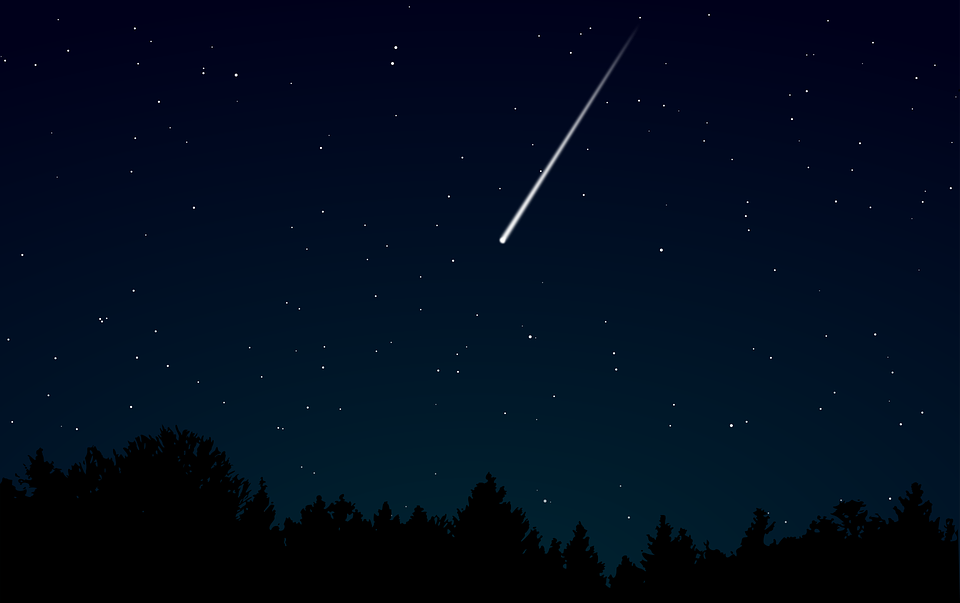The “starfall” of the Éta Aquarids will reach its peak on May 5th-6th, writes EarthSky. The maximum falls during the full moon this year, which can make it difficult to detect light phenomena. It is worth choosing the hours before dawn for observation.
The meteors are apparently coming from the Aquarius constellation, the radiant will not rise high, so we can only expect a few light phenomena per hour. Although the number of meteors will not be high, there may be more spectacular light phenomena visible for quite a long time.
The Éta Aquarids can be observed every year during April and May, this year the meteor shower arrived on April 15th and will be visible until May 27th. Incidentally, the meteor shower originates from Halley’s comet, the pieces separated from the celestial body in the distant past. When the Earth passes through the debris belt, the particles that enter the atmosphere form “shooting stars”. To observe the meteors, it is good to get away from the citys’ light pollution. In the dark, it is worth waiting patiently for our eyes to adapt to the environment.
24.hu
pixabay


















